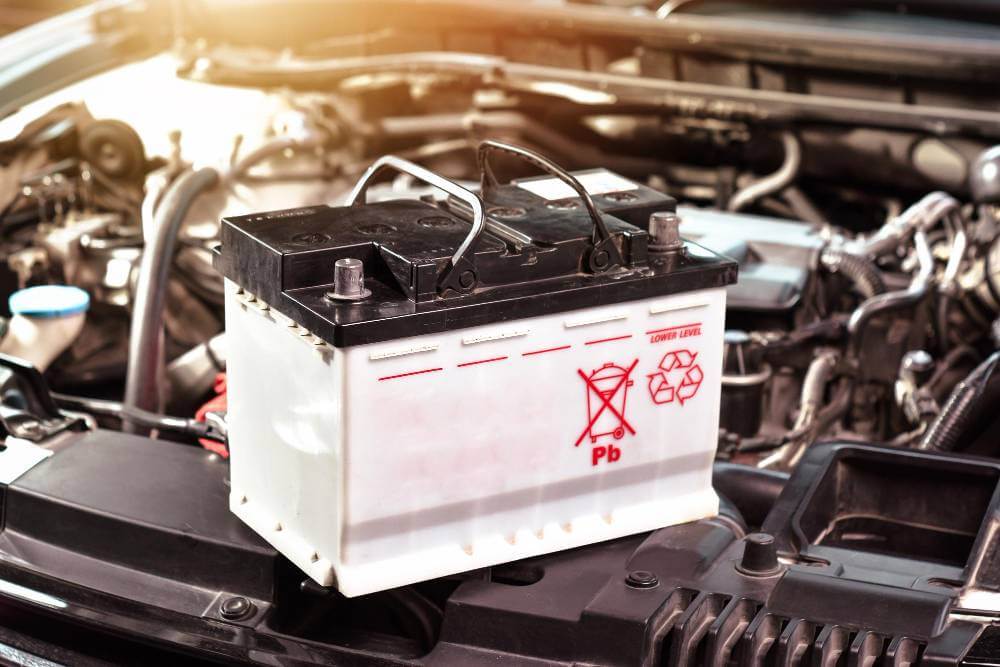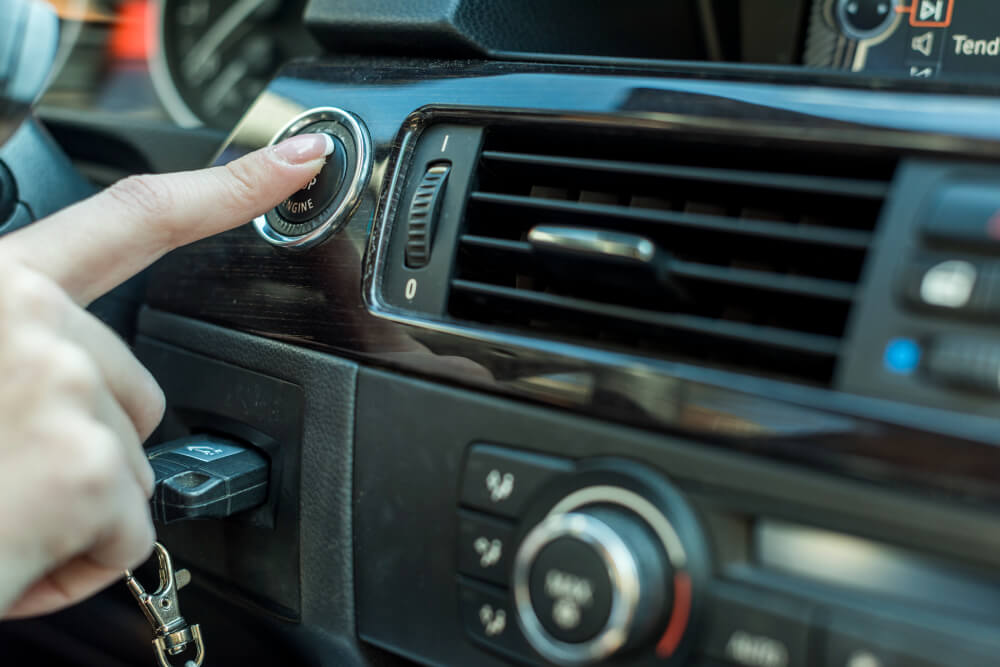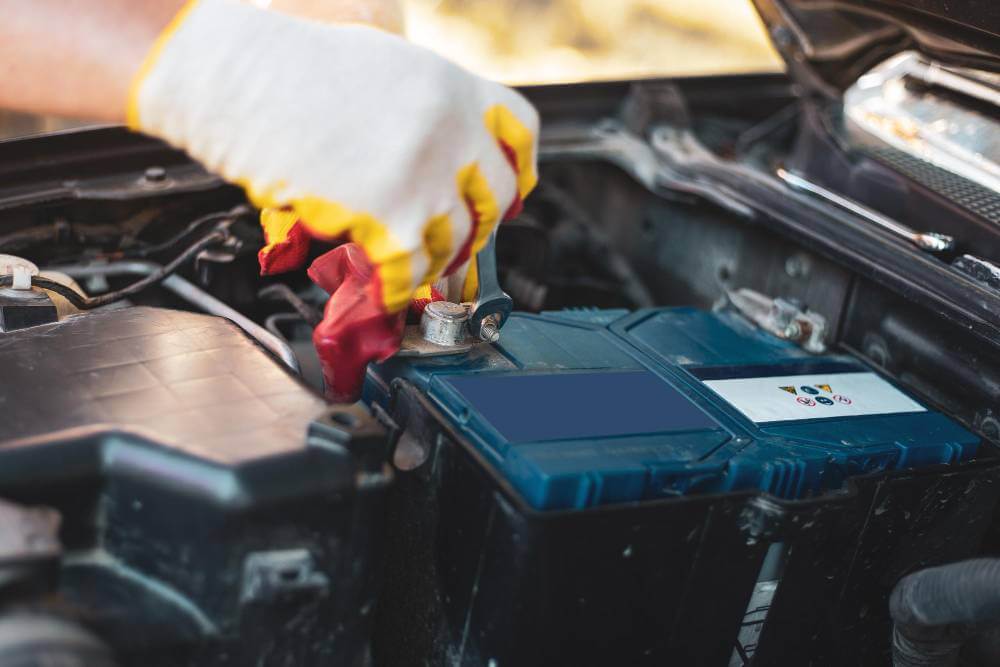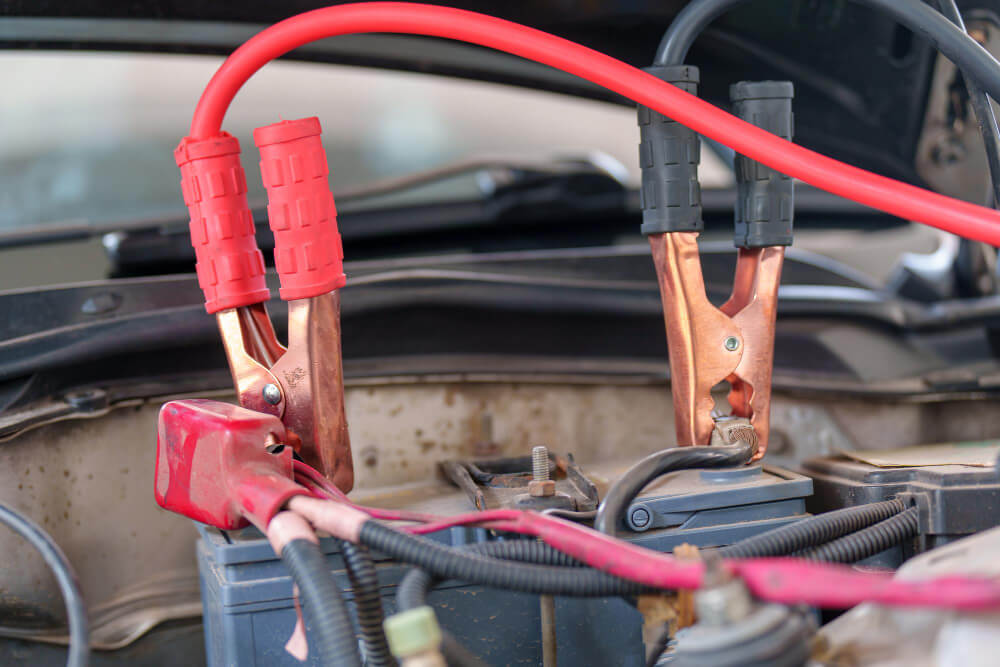The car battery is an essential component of any automobile, performing a wide range of complex and critical functions that many drivers take for granted. Without a functioning battery, your vehicle would be unable to start or power the electrical components in your car. There are many other functions apart from these two. So what other important functions do batteries provide?
In this blog article, we will explore the primary 5 functions of a car battery and examine how each one helps keep our vehicles running smoothly.
So whether you’re an experienced driver who has been around the block or you’re new to driving, let’s dive in!
Provide Electrical Power To Start The Engine
Starting the engine is one of the most common functions of a car battery. The battery serves as a powerhouse that supplies the necessary power to turn on the engine, activating all its components and necessary systems.
A power storage unit helps to keep your car running through peak demand periods or when you need a car battery charger with a jump-start function which can often require high levels of energy. It does this by supplying an initial electrical current through cables to get things going. When the engine is cranking, this current is enough to start it.
The battery also helps in keeping all electrical components working once the car starts. As a result, it sustains optimal performance by:
- Igniting fuel
- Controlling lights, air conditioning systems, and electrical power to all seats,
- Provide power for accessories like audio players, power windows, interior lighting, etc.
Powers The Ignition System
The ignition system is one of the most important functions powered by a battery within a car’s engine. It not only has the task of powering up the electrical accessories in the vehicle such as lights, interior control systems, etc but it is also responsible for providing an electric spark at just the right time to ignite the gasoline vapours and start your engine. Without this essential power, you will be unable to get your car running.
Moreover, a car needs CCA ranking to determine a battery’s ability to start an engine and perform in extreme temperatures. CCA measures how much current can flow from the battery for thirty seconds at zero degrees Fahrenheit without dropping less than 7.2 volts.
A higher CCA rating indicates that more power is available, therefore providing better starting capabilities even when cold or under heavy load or stress. Knowing the CCA rating of your vehicle’s car battery will help ensure it performs optimally when you need it most.
Provide Backup Power
Providing backup power when the car is not running is an extremely important function of the battery. A car battery’s parts and functions can retain a large amount of energy in reserve, enabling it to power several different electrical systems such as the engine starter, audio system, and lighting components.
This stored energy can ultimately be used to get the car up and running again if it experiences any kind of technical difficulties.
The rate at which this energy can be released depends on its Amp/Hour rating – higher ratings are typically used with cars that require more energy from their batteries.
Monitoring And Controlling Voltage
The voltage of a car battery is a critical component in terms of performance and must be monitored and regulated with vigilance. Car batteries have a built-in regulator that can detect any deviation in voltage levels, which helps ensure the effectiveness and safety of both engine components as well as integral electrical systems.
In addition to providing power for starting, generating current when necessary, and providing ongoing power to accessories, a car battery also provides vital protection against short circuits by moderating the flow of electricity within the vehicle.
It helps regulate charging so that it doesn’t overcharge, which can damage components or wear out your battery sooner than expected if not properly controlled. Therefore, it’s important to regularly check levels, not just when you start your vehicle or experience a loss of power.
A car battery’s charge level should remain above 12 volts at all times, so a jumpstart or regular top-offs may be necessary if this isn’t the case.
Controlling Alternator Output
Out of 5 functions of a car battery, the last one is to control the alternator output to power both the start up and accessory components of your vehicle. When starting a car, the battery provides an initial jolt of energy that jumpstarts the engine until it can start functioning on its own. Once the engine has started up, then the alternator takes over to provide constant electrical power for the rest of the trip.
The alternator supplies continuous power for all vehicle accessories, such as headlights, windshield wipers, radio, and other electronic components. The battery works together with the alternator to help regulate this flow of electricity so that neither device becomes overwhelmed or insufficiently powered.
By regulating its output, the battery keeps the alternator from overcharging or undercharging, while still providing ample power when needed by other onboard systems and keeps all electronics functioning properly and safely without risk of disruption or damage.
Conclusion
A car battery is a crucial component to have for any modern automobile. It allows for the starting of the engine and provides an electrical charge when the engine is not running. It also monitors and controls voltage to guarantee optimal performance and safety of the vehicle’s electrical systems.
Moreover, it helps regulate the alternator output as well as prevents overcharging which could otherwise damage your car battery or other components in your car. Keeping in mind these 5 functions of a car battery can help you extend the life of your battery as well as ensure that it will provide you with trouble-free driving for many years to come.









